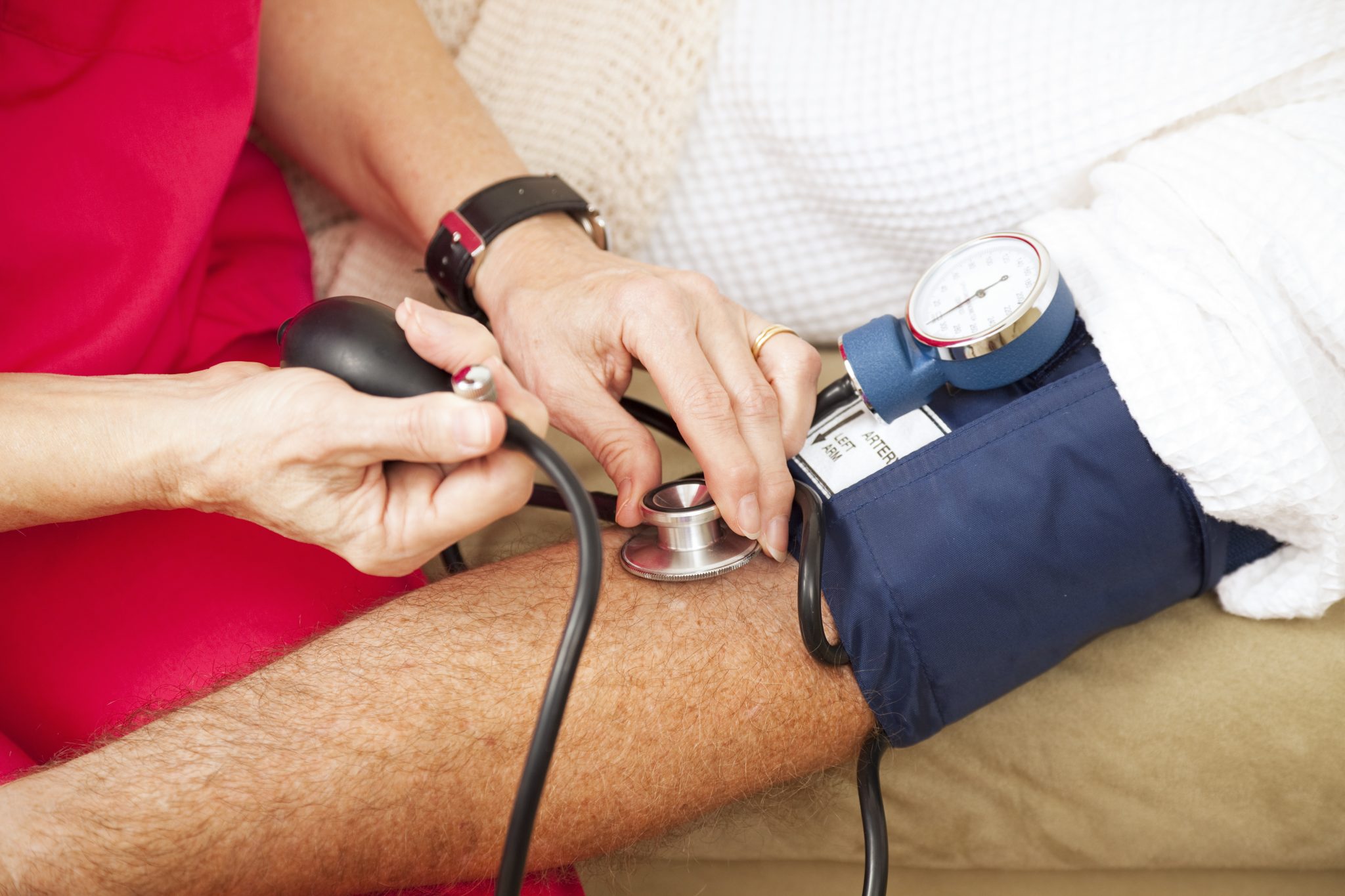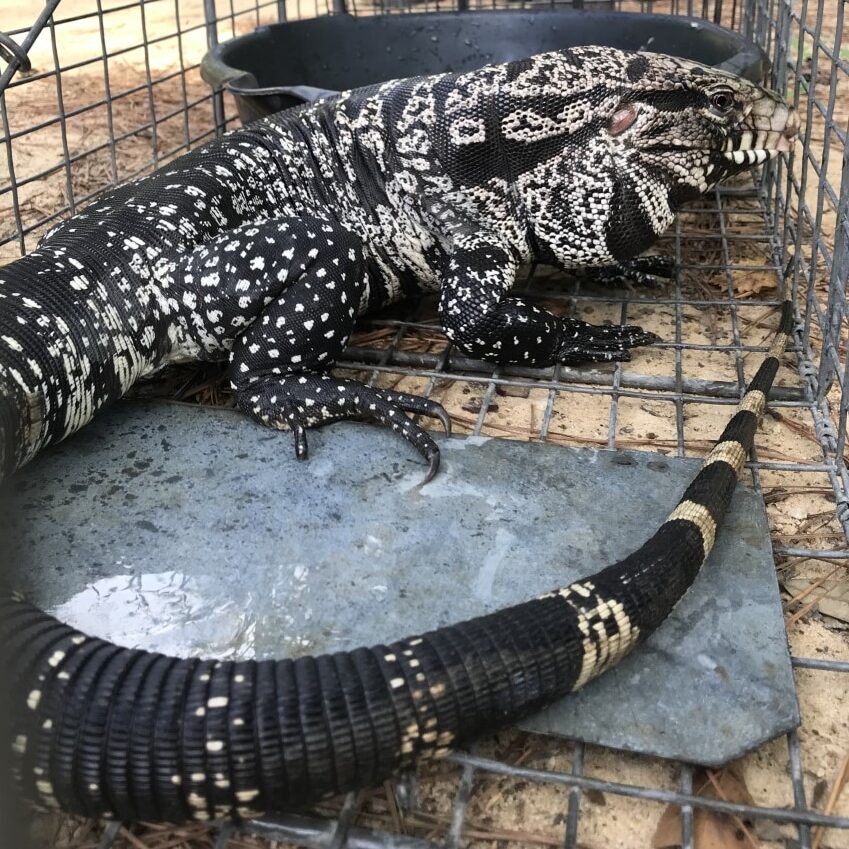You’ve likely heard of sweet tooths, but perhaps you’re more of a salt lover. And who can blame you? Salt can make a boring dish vibrant with just a dash or two.
First, the good news: Sodium is actually essential for the body, and the Food & Drug Administration says it helps muscles and nerves function. If it tastes good and does the body good, what’s all the fuss about salt and blood pressure?
Here’s the deal: Studies show that high-sodium diets put a person at risk for increased blood pressure. High blood pressure reduces the flow of blood and oxygen to your heart, which ups the risk for heart disease, according to the CDC.
That may seem scary, particularly if you love salt and have high blood pressure. “High blood pressure is common, says Dr. John Higgins, MD, a cardiologist with UTHealth Houston. “Nearly half of all adults in the U.S. have hypertension.”
So, the answer is yes: Cutting sodium intake can help reduce the risk of hypertension. Here’s why.
Related: Lower Blood Pressure ASAP With One Habit
What’s the Relationship Between Salt and Blood Pressure, Anyway?
Dr. Higgins notes that high salt intake increases blood pressure for several reasons. First, salt increases fluid retention and, consequently, blood volume. “[This means] more fluid for the heart to pump, more stress on the heart and more fluid in the blood vessels that puts pressure on the walls,” Dr. Higgins explains.
Salt intake can also lead to damage to the blood vessel walls, inflammation and kidney damage. “This is because excess salt intake can increase your blood pressure thanks to a disruption of balance within the kidneys,” says Dr. Robert Segal, MD, the founder of Manhattan Cardiology, Medical Offices of Manhattan and co-founder of LabFinder.
The kidneys typically filter fluids. However, salt-induced fluid retention may make that more challenging. Then, the heart has to work harder, and blood pressure increases. And it becomes a vicious cycle between kidneys and high blood pressure.
The American Heart Association also notes that hypertension is a risk factor for kidney damage and disease because damaged arteries cannot bring enough blood to kidney tissue,
The TL;DR: Too much salt intake harms the relationship between the kidneys, arteries and heart and increases your risk of several chronic conditions, including high blood pressure and kidney disease.
Related: Dealing With High A1C Levels? Endocrinologists Say This Diet Is the Best One To Improve Them
How Much Salt Can I Eat Per Day?
Dr. Higgins notes that the American Heart Association guidelines suggest no more than 2,300 milligrams daily. Ideally, adults—particularly those with high blood pressure—should limit sodium consumption to less than 1,500 milligrams per day.
He says that the average U.S. adult eats 8 grams—or 8,000 milligrams—every day. That’s nearly 3.5 times the suggested limit of 2,300 milligrams per day.
Related: A Healthy 32-Year-Old Mom Shares How Recognizing the Strange Signs of a Stroke Saved Her Life
What Foods Are High in Sodium?
“Processed and packaged foods are generally higher in salt intake,” says Dr. Segal. But it’s not just classic processed or packaged foods, like chips and pretzels. Dr. Higgins notes that foods with high salt content include:
- Bread and rolls
- Pizza
- Sandwiches (especially store prepared)
- Cold cuts and cured meats
- Burritos and tacos
- Ketchup
- Soups
- Bacon
- Jerky
- Ham
- Mustard
- Pickles
- Gravy granules
How to Figure Out How Much Salt Your Food Has in It
Dr. Higgins says some foods clearly have a ton of salt—you can taste it. But salt can be sneaky since it’s even used as a preservative in some foods. Your best bet? Read the label. But what qualifies as low, moderate or high salt content? Dr. Higgins breaks it down here:
- Low salt content is ≤0.1 grams sodium or less per 100 grams. “You can eat plenty of these,” Dr. Higgins says.
- Medium salt content is 0.1 to 0.6 grams sodium per 100 grams, “OK to eat, but choose low salt options where you can,” Dr. Higgins says.
- High salt content is ≥0.6 grams sodium or more per 100 grams. “Avoid or eat only occasionally,” Dr. Higgins says.
So, if a bottle of ketchup has 190 milligrams of salt per teaspoon serving,”[That’s] 1.1 gram per 100 grams [or] high salt content, so consider eating only occasionally,” Dr. Higgins says.
Other Simple Ways To Limit Salt Intake
Aside from crunching numbers in your head, Dr. Higgins says that there are straightforward ways to shake your salt habit, including:
- Don’t add salt to your plate or when cooking.
- Avoid salty flavorings, such as barbeque or soy sauce. “Instead, try other herbs and spices that don’t have salts, like chili, pepper, ginger, lime and lemon,” Dr. Higgins says.
- Use a salt substitute. “Morton Salt Substitute is a sodium-free product designed for people on a doctor-recommended, sodium-restricted diet,” Dr. Higgins says.
- Eat grilled or steamed food rather than smoked, processed and fried, which contain more salt.
If you’re concerned about your salt intake or blood pressure, Dr. Segal says a cardiologist or even primary care doctor can help you figure out the right treatment plan and low-sodium meal plan for you.
Sources
- Dr. John Higgins, MD, a cardiologist with UTHealth Houston
- Dr. Robert Segal, MD, the founder of Manhattan Cardiology, Medical Offices of Manhattan and co-founder of LabFinder.
Disclosure: This article may contain affiliate links, meaning we could earn a commission if you make a purchase through these links.






